As we celebrate Hispanic Heritage Month from September 15 to October 15, we invite you to immerse yourself in the rich tapestry of art, music, dance, and cultural traditions that define the Hispanic and Latino experience. The creativity and cultural expressions of these communities have profoundly influenced the world, leaving an indelible mark on the arts and shaping the cultural landscape of today.
On this page, you’ll find a vibrant collection of exhibits, performances, and stories that showcase the diverse and dynamic contributions of Hispanic and Latino artists, musicians, and cultural leaders. From the iconic works of celebrated painters to the rhythms of traditional music, we honor the legacy and ongoing impact of these communities on our shared cultural heritage.
Join us in this celebration as we explore the beauty, depth, and influence of Hispanic arts and culture, and discover how these traditions continue to inspire and enrich our lives.
Spotlight on Culture - Hispanic and Latino Visual Arts
Mexican Folk Art
Mexican folk art is a vibrant and diverse form of artistic expression that reflects the rich cultural heritage, traditions, and beliefs of Mexico. It encompasses a wide range of mediums, including textiles, pottery, woodcarving, metalwork, and painting, often characterized by bold colors, intricate patterns, and symbolic imagery.
Significance Today:
Mexican folk art continues to be a vital and dynamic part of the country’s cultural heritage. It is celebrated both in Mexico and internationally, not only for its aesthetic appeal but also for the way it embodies the history, values, and spirit of the Mexican people.
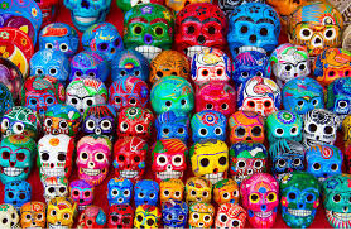
Learn more > The National Museum of Mexican Art
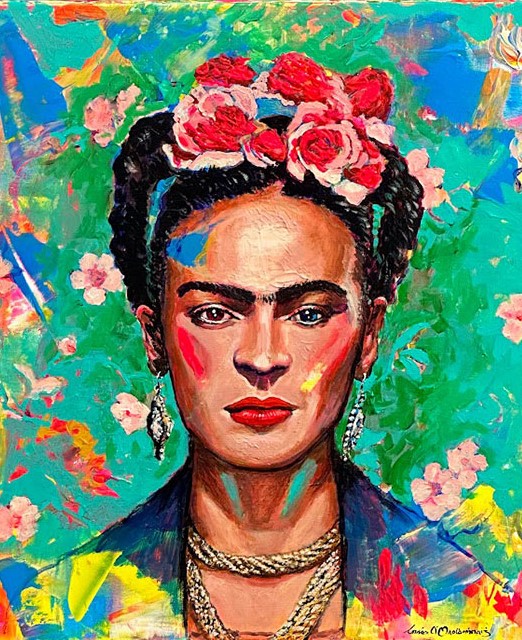
Learn more > FridaKahlo.org
Frida Kahlo
A renowned Mexican painter known for her deeply personal and emotive work, which often explored themes of identity, suffering, and the human experience. She is one of the most iconic figures in modern art, celebrated for her distinctive style that blends realism, symbolism, and surrealism.
Kahlo is best known for her self-portraits, which often depict her physical and emotional pain. Her paintings are rich in symbolism, featuring elements from Mexican folk art, pre-Columbian artifacts, and surrealism. Despite being associated with the Surrealist movement, she famously declared, “I never painted dreams. I painted my own reality.”
Diego Rivera
One of the most prominent Mexican artists of the 20th century, renowned for his large-scale murals that depict social and political themes. His work played a crucial role in the Mexican Muralism movement and had a significant influence on public art worldwide. Rivera’s art is characterized by its vibrant colors, monumental scale, and powerful storytelling, often reflecting the struggles and aspirations of the Mexican people.
Rivera’s murals frequently depicted the struggles of the working class, the fight for social justice, and the history of revolution. His work often critiqued the exploitation of the poor by the wealthy and highlighted the importance of labor and industry.
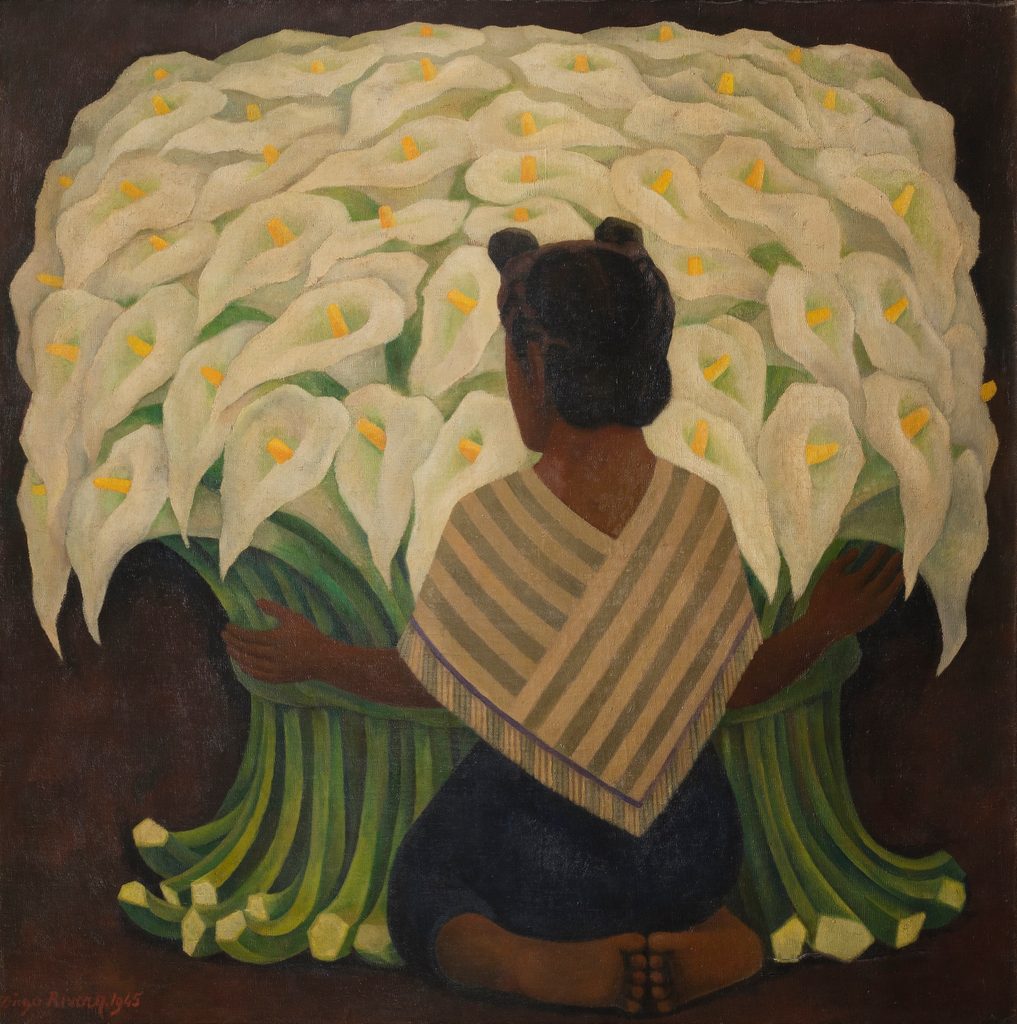
Learn more > DiegoRivera.org

Learn more > The Calabi Gallery
Antonio Sotomayor
Bolivian-born artist who became a significant figure in the San Francisco art scene during the 20th century. Known for his distinctive style that often incorporated elements of his South American heritage, Sotomayor made a lasting impact as a painter, muralist, illustrator, and cultural advocate.
Sotomayor became a well-known figure in the San Francisco art scene, contributing to various cultural institutions. He was an active participant in the Pan-American Unity project and the Works Progress Administration (WPA) art programs during the 1930s and 1940s.
Spotlight on Culture - Hispanic and Latino Musiciansa
Willie Colón
A highly influential musician, composer, and producer, best known for his contributions to salsa music. Born in the Bronx, New York, on April 28, 1950, Colón is of Puerto Rican descent and is considered one of the pioneers of the salsa genre. His innovative blending of various musical styles, along with his socially conscious lyrics, has made him a prominent figure in Latin music.
Beyond his musical innovation, Colón is known for his socially and politically conscious lyrics. He used his music to address issues such as poverty, inequality, and the struggles of the Puerto Rican community, both in the U.S. and in Puerto Rico.

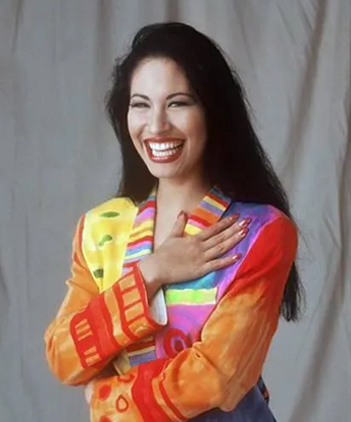
Selena
Selena Quintanilla-Pérez, known simply as Selena, was an American singer, songwriter, and fashion designer who became one of the most celebrated and influential Latin artists of all time. Born on April 16, 1971, in Lake Jackson, Texas, Selena was often referred to as the “Queen of Tejano Music” for her contributions to the genre, and her impact extended far beyond music, making her an enduring cultural icon.
Selena’s contributions to music, fashion, and culture have left an indelible mark on the world. She is celebrated as one of the greatest Latin artists of all time, and her story continues to resonate with people worldwide.
Celia Cruz a
A Cuban-American singer and one of the most popular Latin artists of the 20th century. Known affectionately as the “Queen of Salsa,” she was renowned for her powerful voice, vibrant stage presence, and her trademark shout “¡Azúcar!” (Sugar!). Over her illustrious career, she became a symbol of artistic and cultural pride for the Cuban exile community and salsa enthusiasts worldwide.
Celia Cruz is celebrated not only as a musical icon but also as a cultural ambassador for Afro-Cubans and a symbol of freedom and resilience. Her enduring popularity and the timeless appeal of her music have made her a central figure in the history of Latin music.
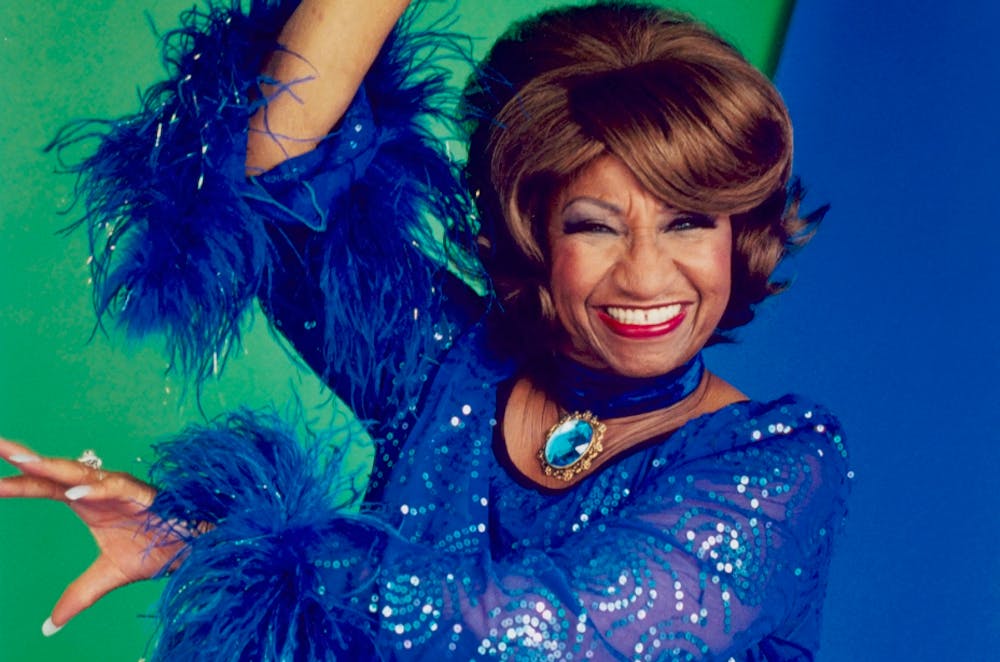

Pitbull
Born Armando Christian Pérez in 1981 in Miami, Florida, is a rapper, singer, entrepreneur, and philanthropist. He has significantly impacted the music industry and broader cultural landscapes, particularly in terms of how Latino musicians are perceived globally. Known for his catchy, upbeat anthems that blend rap, pop, and Latin influences, Pitbull has positioned himself as a prominent figure in both the music industry and in Latino cultural representation.
Often referred to as “Mr. Worldwide,” Pitbull has embraced his role as a global ambassador for Latino culture. His music incorporates elements from different Latin American styles, including Cuban, Puerto Rican, and other Caribbean influences, showcasing the richness of Latino music on the world stage.
Spotlight on Culture - Inspiring Reads for Hispanic Heritage Month
Celebrating Hispanic Heritage Month is a great opportunity to delve into literature that explores and celebrates Hispanic and Latino culture. Here are some inspiring books across various genres that highlight the experiences, histories, and contributions of Hispanic and Latino individuals:
- “One Hundred Years of Solitude” by Gabriel García Márquez – This landmark novel by the Colombian Nobel laureate is a masterful blend of magical realism and vibrant storytelling that chronicles several generations of the Buendía family in the fictional town of Macondo.
- “Like Water for Chocolate” by Laura Esquivel – A novel in monthly installments, each with a recipe, this beloved Mexican book blends magical realism with the culinary traditions of Mexico, telling a tale of family life in early 20th-century Mexico.
- “The House of the Spirits” by Isabel Allende – A sweeping epic that spans three generations of the Trueba family, this Chilean novel intertwines personal and political dimensions, infused with magic realism.
- “When I Was Puerto Rican” by Esmeralda Santiago – A poignant memoir about Santiago’s childhood in Puerto Rico and her eventual move to New York, depicting her struggles and growth as she transitions between cultures.
- “My Beloved World” by Sonia Sotomayor – U.S. Supreme Court Justice Sonia Sotomayor’s memoir offers an inspiring and powerful story about her journey from a Bronx housing project to the federal bench, a journey that offers vivid insights into her Hispanic heritage.
- “Harvest of Empire: A History of Latinos in America” by Juan González – This book provides an in-depth look at the roles that Latin American immigrants and their descendants have played in the shaping of the United States, delving into the historical and political significance of this demographic.
- “Latino Americans: The 500-Year Legacy That Shaped a Nation” by Ray Suarez – A comprehensive history of Latinos in America that tells the rich and varied stories of 500 years of Hispanic contributions to the nation’s history.
- “The Essential Neruda: Selected Poems” by Pablo Neruda – This collection showcases the most important works of the Chilean Nobel laureate, renowned for his beautiful love poems and passionate political manifestos.
